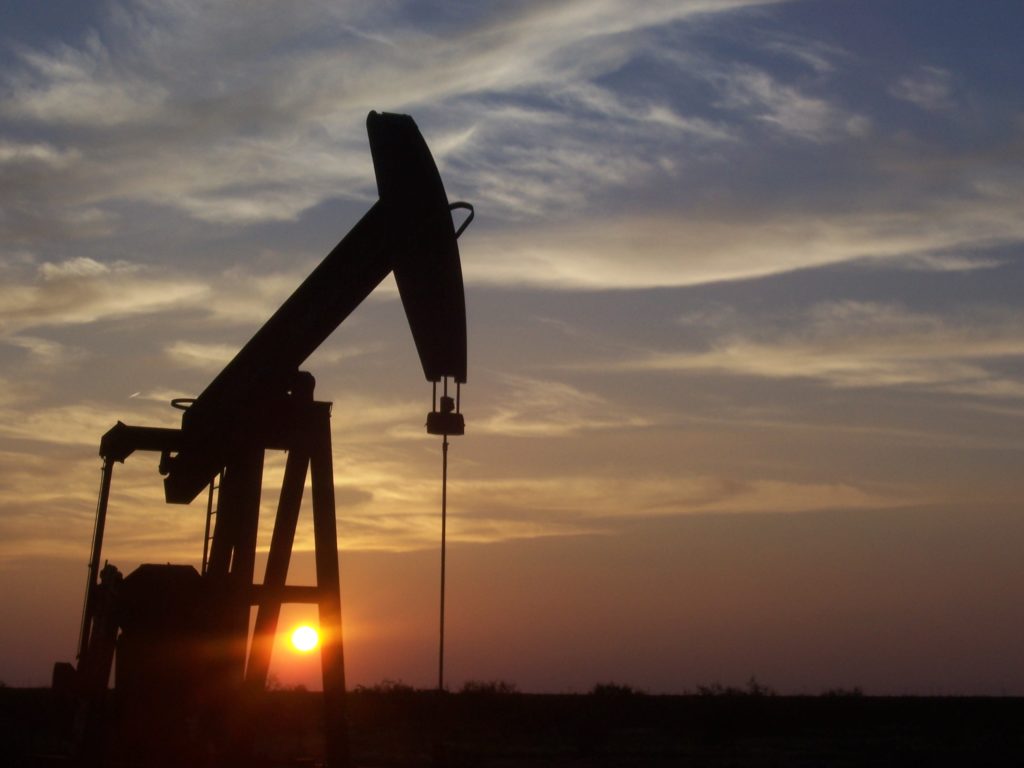
The gas pump has been one of the most anxious decisions Americans have been facing during inflation besides rising grocery prices. In fact, people around the country have to choose between getting gas or feeding their families every week.
There’s various factors for why the gas prices are going down. While they are lowering now, that does not mean they will not possibly go back up.
Additionally, the resources in crude oil have gone up recently from the U.S. accessing its Strategic Oil Reserves, which aided in more crude oil. Both U.S. and OPEC oil production has increased.
According to the Energy Information Administration:
“U.S. crude oil production in our forecast averages 11.9 million b/d in 2022 and 12.8 million b/d in 2023, which would set a record for most U.S. crude oil production in a year. The current record is 12.3 million b/d, set in 2019.
U.S. refineries average 94% utilization in the third quarter of 2022 (3Q22) in our forecast, as a result of high wholesale product margins. Although we expect that refinery utilization will be at or near the highest levels in the past five years, operable U.S. refinery capacity has fallen by about 1 million b/d. As a result, we do not expect U.S. refinery output of products to reach its highest level in the past five years.
Global oil inventories in the forecast rise by 0.8 million barrels per day (b/d) in 2022 and remain unchanged in 2023. Inventory builds in 2022 reflect rising production of liquid fuels in the United States and OPEC, paired with slowing liquid fuels consumption growth.
We expect global consumption of liquid fuels will grow by 2.2 million b/d in 2022 and by 2.0 million b/d in 2023.”
The gas prices are a relief to us right now but the Energy Information Administration notes the fluctuation in prices will continue to happen going into the next year; especially with the hurricane season approaching from the east.
The price of gasoline has become one of the hottest issues in America next to inflation. There is a call for more domestic drilling as the price of oil and gas are high. But there are issues about domestic oil production that Americans need to take into account. We might be on a stretch of higher gas prices due to the fact there is not a quick fix solution, even if we switch to sole domestic drilling.
The US oil and gas industry took a plummet during the 2020 COVID-19 pandemic. During the COVID-19 pandemic, investors stepped back from the oil gas industry because they were not making many good returns. When the Biden administration suspended the Keystone pipeline, it was clear that they would not support the fossil fuel industry but instead renewable resources. Then, the Keystone Pipeline XL was officially cancelled in June 2021, according to the Canadian company who owns the project.
Covid and Biden’s stance on fossil fuels have led investors are pulling out of the fossil fuel industry. “We’ve got [U.S. Treasury Secretary] Janet Yellen asking banks to defund fossil fuel projects,” Matt Coday, president of the Oil and Gas Workers Association.
Additionally investors are changing their investment to more renewable energy. Without People in the oil field moved off to work somewhere else that was more consistent and stable. Along with the labor shortage there came a rise in supply costs. The production of steel and other materials hinder the whole industry from building new infrastructure and rigs to drill. Additionally fracking supplies increased in cost.
The cost of supplies halts the potential for quicker production. Just to drill for oil, companies have to cover the costs for labor, materials for fracking and building rigs. All that takes an average of four years to implement on land. Offshore drilling takes longer.
Furthermore another issue is that the United States does have potential to drill a sustainable amount of oil. Yet, that is also another complicated issue. Right now the oil industry owns 9,000 drilling permits on federal land. “There are nearly 14 million acres onshore and more than 9 million acres offshore that are currently under lease but are not being used for oil production.”
Then there are different types of oil consistency depending on how heavy or how light the oil is, and how much sulfur content is in the oil. While both types are good for what we need, more refineries are more equipped to deal with heavier oil that is greater in consistency of sulfate. “The problem is that for many years, imported oil met most of the U.S.’s energy needs, so a large percentage of the refining capacity here is geared towards dealing with oil that is heavier and less sweet than the kind produced here.”
Why is that? Overall it is cheaper to have oil imported to us because the labor costs and land costs work differently in other countries than ours. “That is because what oil people call “lifting costs,” the cost of actually getting the oil out of the ground, are so much lower in some other countries.”
What pure domestic drilling will do is expensively change the system which oil companies have relied upon and is not something that can be quickly done. To create pure domestic drilling is asking private companies to change the way they’ve made money.
{Story by Jacob Lehrer}